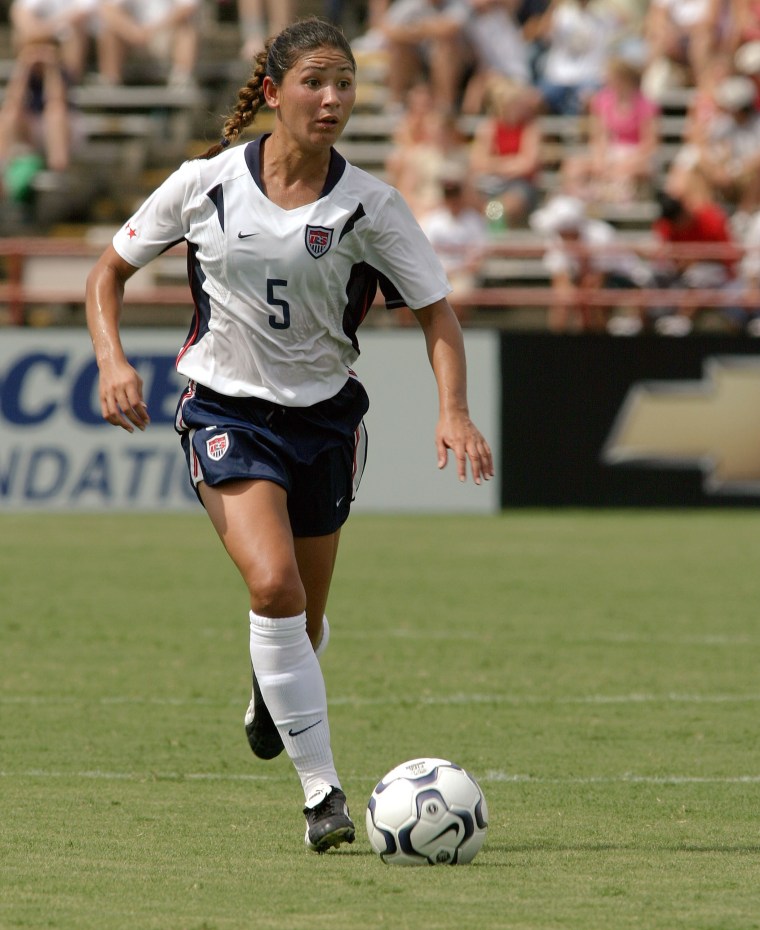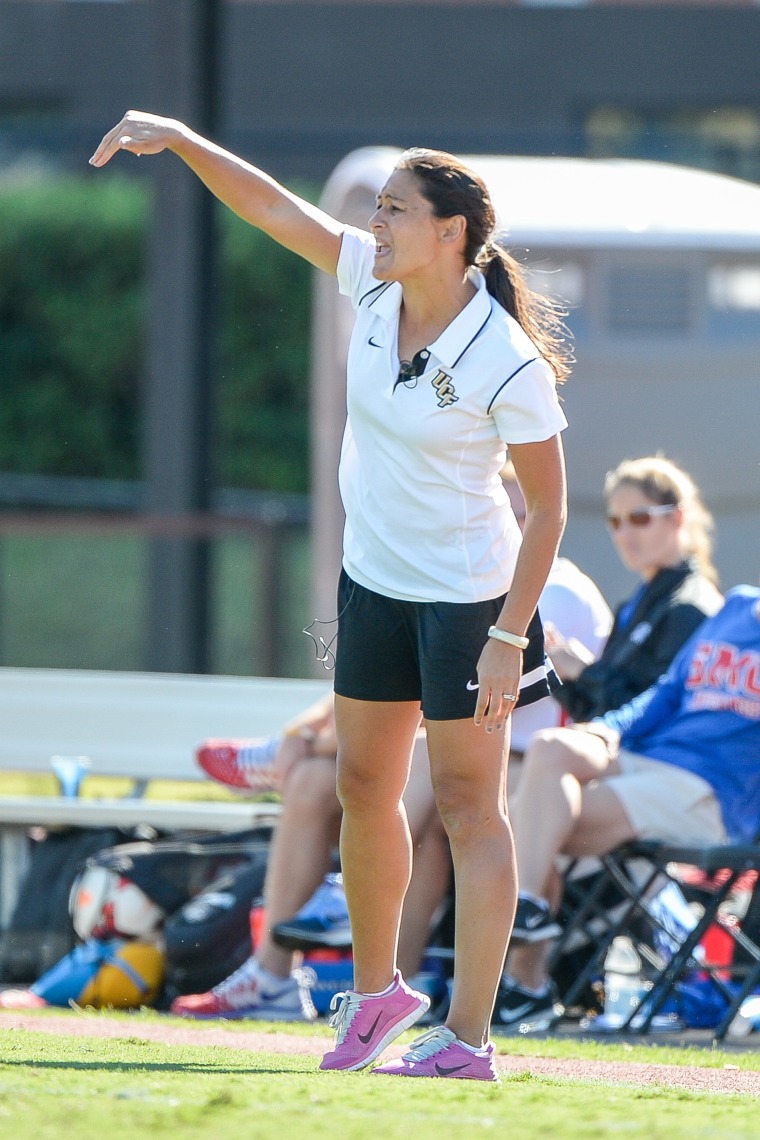The U.S. Women’s National Team, World Cup champions, are once again the darlings of sport and media. But as quickly as the world celebrated their ascent, critics have launched the call for greater diversity on a team comprised mostly of white players, with few appearances by any players of color.
"Christen Press’ 15-minute stint as a mop-up reserve forward was the only appearance in the entire match by any African-American, Hispanic-American or Asian-American player," wrote a columnist for the New York Daily News. "The U.S. featured no women of color for the first 75 minutes; no person of color on the coaching staff, throughout the game." "Not Quite America's Team," another headline proclaimed.
But Tiffany Roberts Sahaydak, a Filipino American from California, and a member of the 1999 World Cup Champion Women's team, cautions critics who hold up diversity ahead of excellence.
“I think diversity is great, but you don’t want to force that just to say you have a diverse team,” said Roberts Sahaydak, in an interview with NBC News. “It doesn’t mean if you’re diverse you will be better. In 1999, we had a diverse team that was the accumulation of the best players in the county at that time. This time it wasn’t as diverse, but it doesn’t mean there aren’t capable players out there …We have to do more to reach out to communities besides white suburbia and find ways to make (soccer) more affordable to families that can’t afford youth soccer, since it’s so expensive.”
“We just need the best players...We’re not looking for an Asian kid, or an African American kid."
She said the costs can amount to thousands of dollars a year just to join the best youth team, to get the best coaching, and to be seen at the top tournaments. Often, she said, in today's high-pressure environment, the motivation to turn their athletic prowess into a scholarship to an elite school can overtake the love of the game.

Roberts Sahaydak was identified as a top player while still in high school, and made her debut on the women’s national team at the age of 16. She became a leader on the field at women’s soccer powerhouse, the University of North Carolina. Concurrently, she was on the World Cup team that finished third in 1995, then came back on the team that won it all in 1999. She’s one of just a handful of women to have racked up more than 100 national team appearances.
Now a head coach of a winning NCAA program at the University of Central Florida, she fields a diverse team. But Roberts Sahaydak admits it’s not the driving factor in her recruiting.
“We just need the best players,” Roberts Sahaydak said. “We’re not looking for an Asian kid, or an African American kid. I’m looking for the best players out there to help me win and I think that’s what the U.S. team does.”
Related: For U.S. Soccer Women, Success Won't Bring Compensation Equality
To Roberts, the real value of diversity is to motivate younger players to see themselves as elite players.
“You want the diversity so that young kids can attach themselves to a player, instead of kids saying, ‘I don’t know if I can play at that level, I don’t see anyone like me,’” Roberts Sahaydak said. “For me, that makes an impact.”
